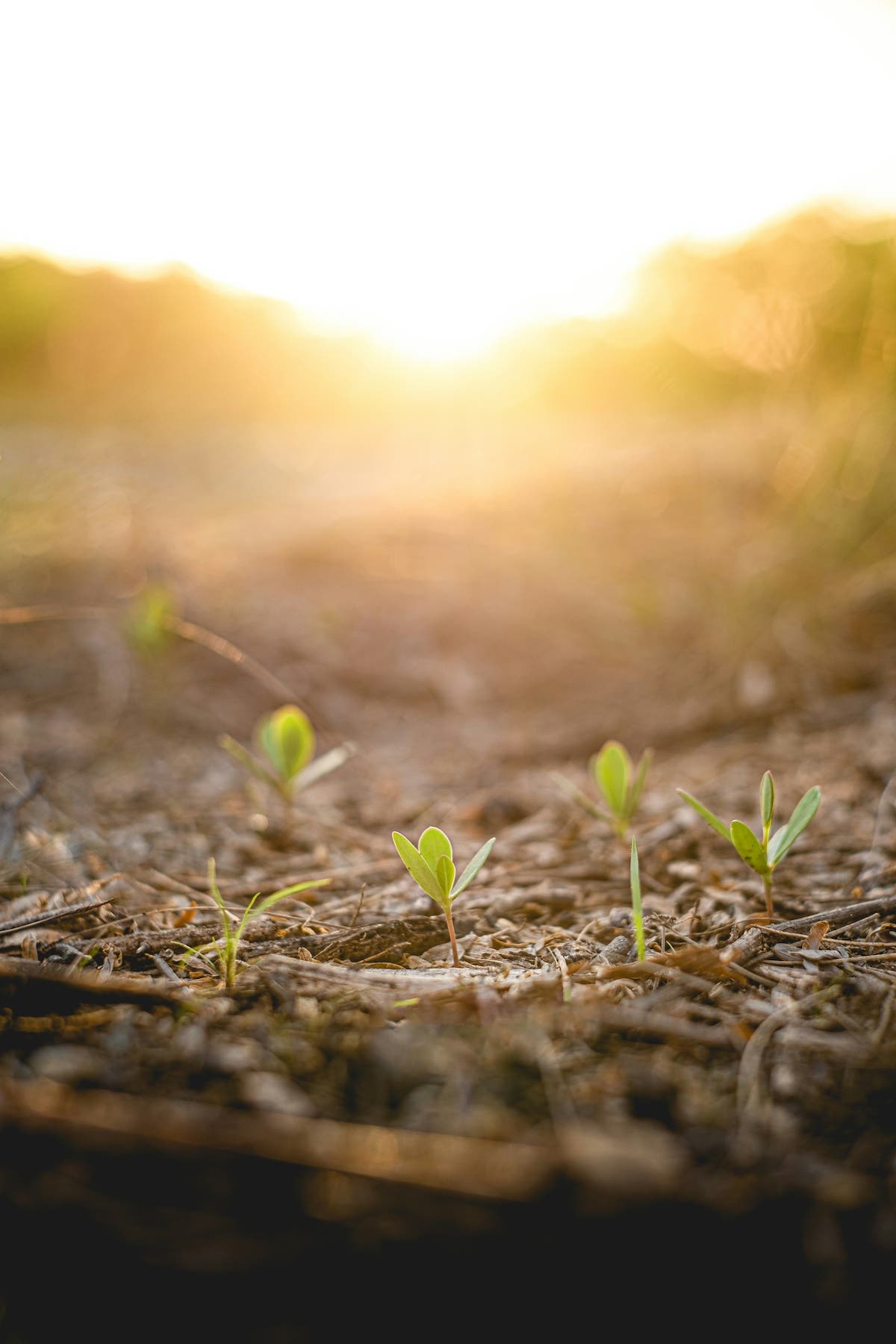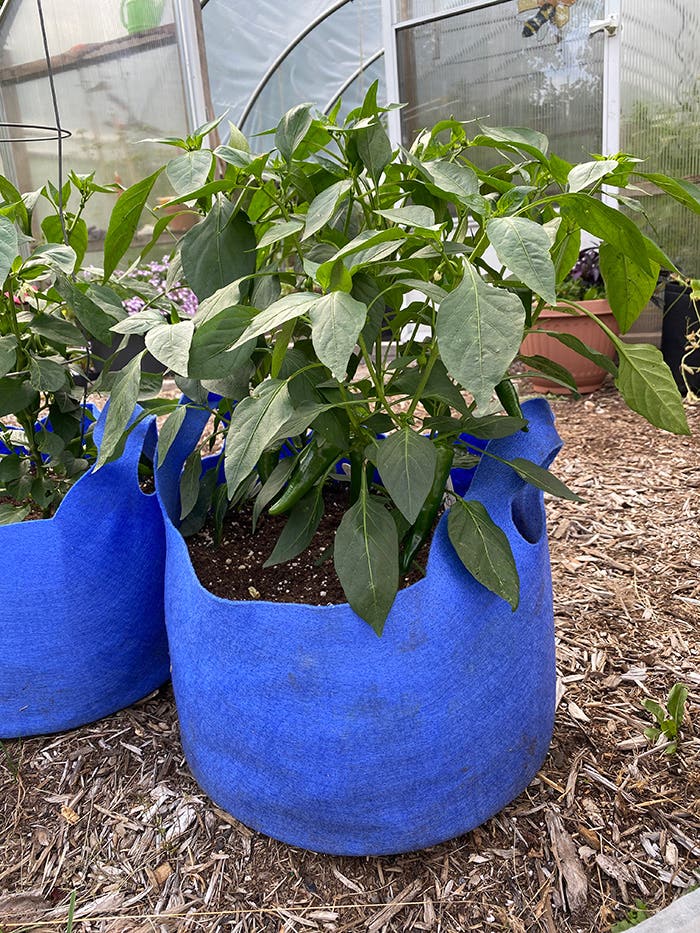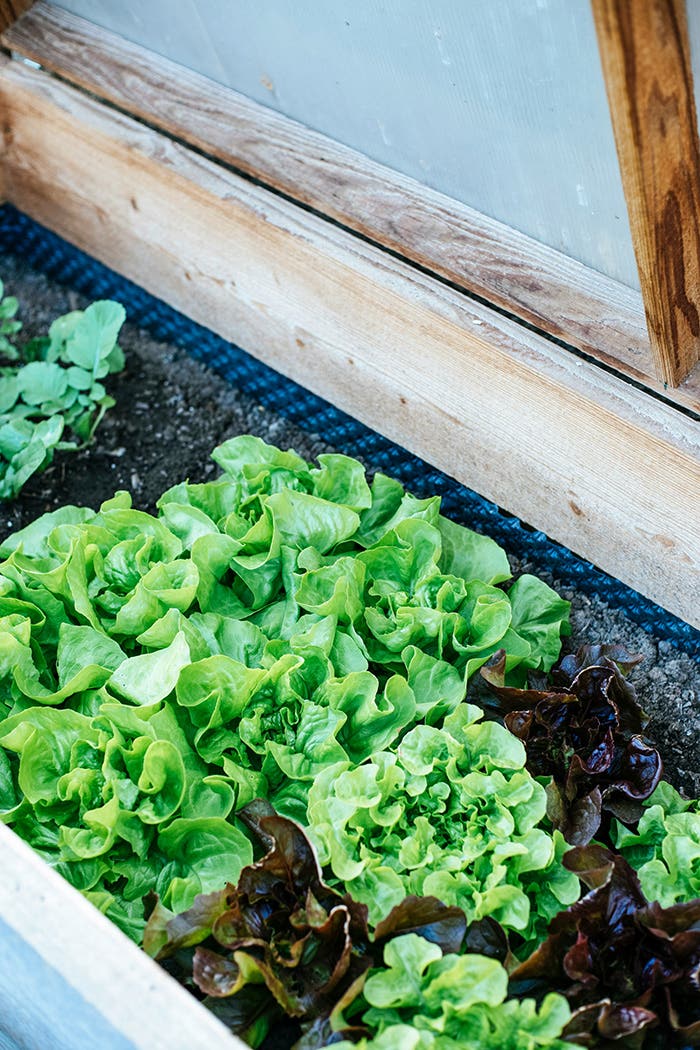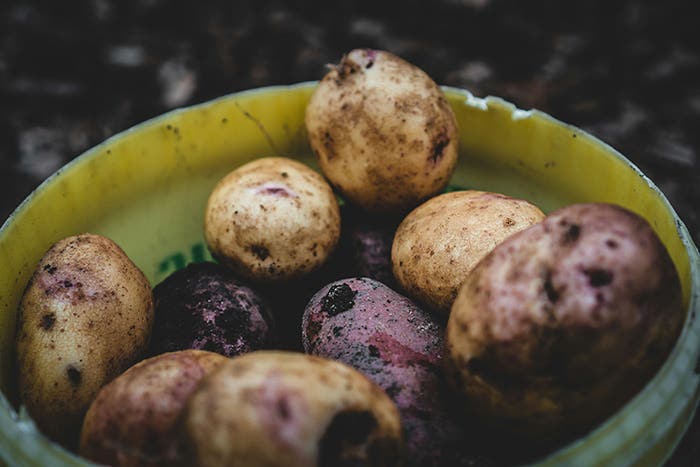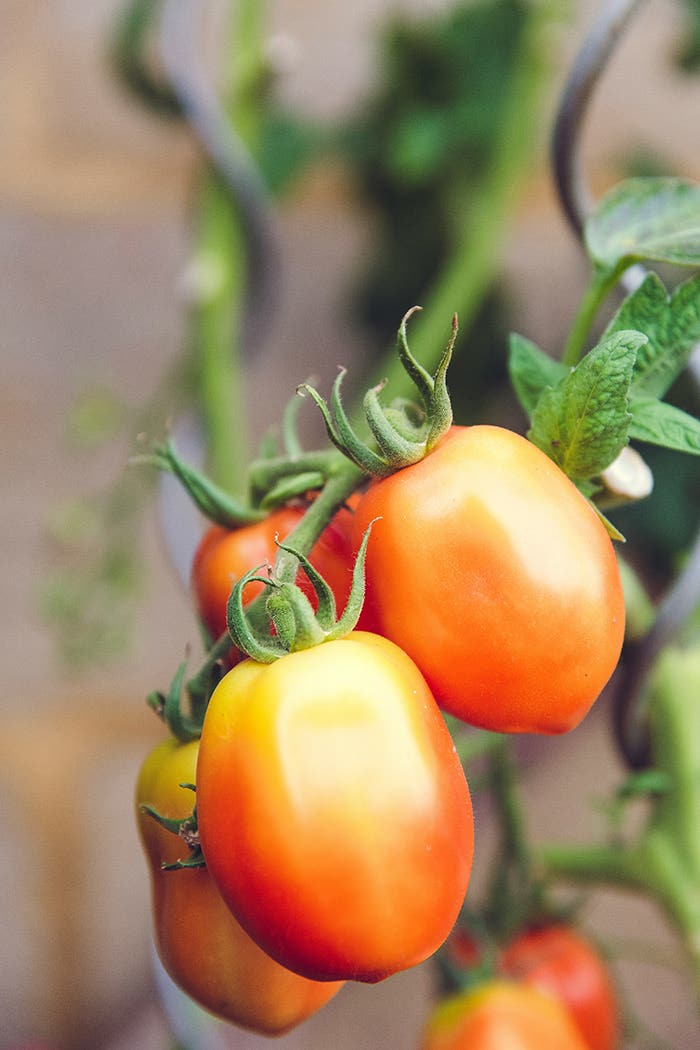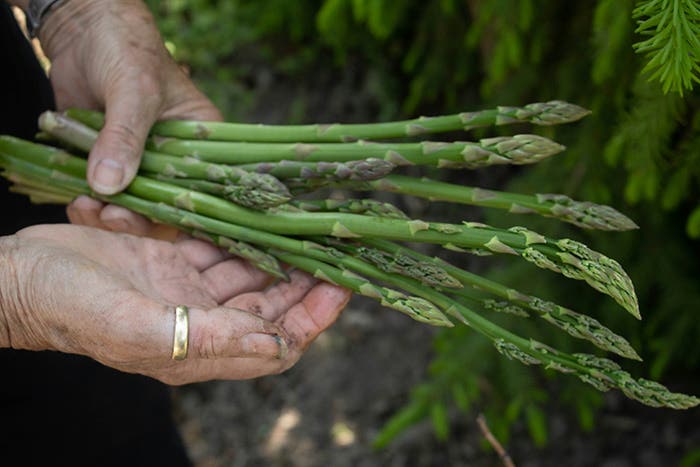For a Compact Squash Plant, Try Award-Winning Goldilocks Acorn Squash
This award winner doesn’t take up too much space.
Virtues: This richly flavored acorn squash is useful in the kitchen and its vivid orange color makes it a great fall decoration, too. The plant remains bushy and compact, growing to 30 inches tall and 50 inches wide. The squash ripens at four inches around, about 85 days after seeding, and delivers a nutty-sweet flavor. The independent testing program All-America Selections named it a National Vegetable Winner for 2021. Judges noted the pleasing texture and rich flavor of the baked squash, along with its convenient size and appealing color.
Common name: ‘Goldilocks’ acorn squash
Botanical name: Cucurbita pepo ‘Goldilocks’
Exposure: Full sun
Flowers/fruit: Yellow squash blossoms appear in summer. There are separate male and female flowers on each plant. To help ensure pollination, plant summer-blooming flowers that are highly attractive to bees nearby the squash plants, such as marigolds and zinnias. After pollination the female squash flowers give way to acorn-type squash that mature to about four inches round and a weight of about one pound. The skin of the ripe 'Goldilocks' squash is bright orange. Each individual plant can yield at least 10 fruits.
Foliage: Typical medium-green squash leaves. They are moderately resistant to powdery mildew.
Habit: 'Goldilocks' is a relatively compact squash with a bushy habit. The plant forms a mound about 30 inches tall and four to five feet wide.
Origin: 'Goldilocks' is a cultivar of Cucurbita pepo that was bred by Florida-based EarthWork Seeds.
How to grow it: Acorn squash is a warm-season vegetable that thrives in summer heat. Plants should be spaced three to four feet apart and grown atop low mounds of soil. Direct sow the seeds after the danger of frost has passed; germination occurs once the soil temperature remains above 65˚F. For an early start in cold regions, sow the seeds of 'Goldilocks' indoors three or four weeks before the typical last frost date. To minimize root disturbance at planting time, sow the seeds in biodegradable pots that can be planted directly into the garden. The fruits should be ready to harvest 85 days after the seeds are sown, or 70 days after young plants are transplanted into the garden. Keep the soil evenly moist.
Image credit: All-America Selections
About All-America Selections: A network of anonymous gardening professionals from various regions of the United States and Canada evaluate new, not-yet-sold cultivars in about 80 test gardens each growing season, judging them against comparable selections that are already on the market. The new cultivars are scored for certain criteria and the top scorers are named All-America Selections. For lists of past winners as well as regional standouts, go to http://www.all-americaselections.org.


